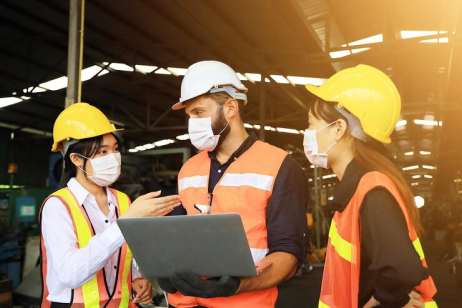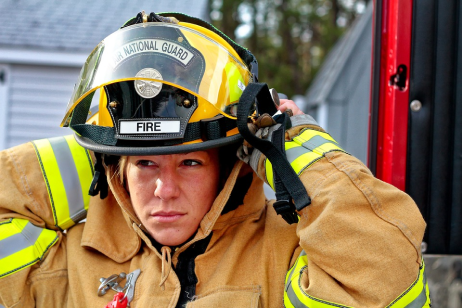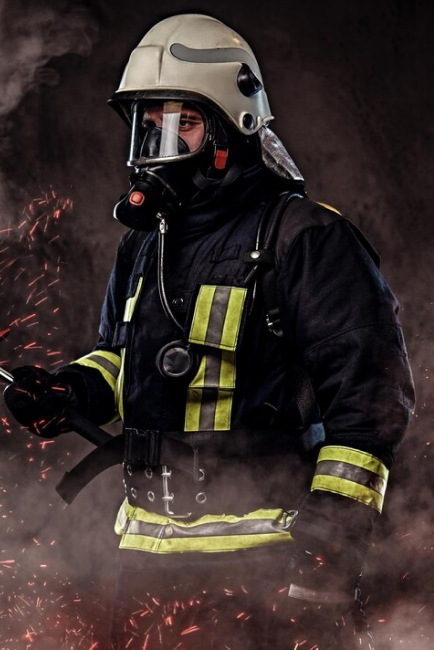Decoding the Meaning and Purpose of Mock Fire Drills: Importance and Benefits
- info@safetymastery.com
- +91 7200322134


Exploring the Significance of Conducting Mock Fire Drills for Emergency Preparedness
Exploring the Significance of Conducting Mock Fire Drills for Emergency Preparedness
Mock fire drills are vital training exercises conducted to simulate fire emergencies, test response procedures, and ensure the safety and preparedness of individuals in the event of a real fire incident. Understanding the meaning and purpose of mock fire drills, their role in emergency preparedness, and the benefits they offer for creating a safe work environment is essential for organizations committed to safeguarding lives and property. In this comprehensive guide, we delve into the significance of mock fire drills, their purpose in testing response procedures, and the advantages they bring to workplace safety.

Safety International Diploma
- Ofqual Regulated Qualifications London, UK
- GradIOSH/CertIOSH status from IOSH, UK
- TSP status from BCSP, USA
- Gateway to MSC in UK universities
one or two years of qualification.
Get Courses Details
Get Courses Details
Meaning of Mock Fire Drills:
Mock fire drills are simulated exercises designed to replicate fire emergencies in a controlled environment, allowing individuals to practice evacuation procedures, fire extinguisher usage, alarm response, and emergency protocols without the presence of an actual fire.

Safety Diploma
- Government-Endorsed National Safety Diploma Program
- Qualify for registration at the Employment Exchange
- Attestation by the Ministry of External Affairs for those wishing to move abroad
- Eligible for membership with MIIRSM (IIRSM membership at discretion)
- Approved by the Government of India
- Enhance your educational profile with an additional one or two years of qualification
Purpose of Mock Fire Drills:
- Testing Response Procedures: The primary purpose of mock fire drills is to test and evaluate emergency response procedures, including evacuation routes, assembly points, communication systems, and coordination among responders.
- Enhancing Emergency Preparedness: Mock fire drills help individuals and organizations prepare for fire emergencies, improve response times, and ensure a prompt and effective reaction to real incidents.
- Identifying Gaps and Weaknesses: Conducting mock fire drills reveals potential gaps, weaknesses, and areas for improvement in fire safety plans, evacuation procedures, and emergency protocols.
- Building Confidence and Readiness: Participation in mock fire drills builds confidence, familiarizes individuals with emergency procedures, and instills a sense of preparedness to respond calmly and effectively during actual fire emergencies.
Promoting Safety Awareness: Mock fire drills raise awareness about fire hazards, safety protocols, evacuation strategies, and the importance of quick and orderly response to fire incidents among participants.

Benefits of Conducting Mock Fire Drills:
- Improved Response Time: Regular practice through mock fire drills enhances response times, decision-making skills, and overall readiness to handle fire emergencies efficiently.
- Enhanced Safety Awareness: Participation in mock fire drills increases safety awareness, educates individuals on fire safety practices, and reinforces the importance of following emergency protocols.
Risk Mitigation: Identifying and addressing weaknesses through mock fire drills enables organizations to mitigate risks, prevent accidents, and minimize the impact of fire incidents on individuals and property.
- Team Coordination: Mock fire drills promote teamwork, communication, and coordination among participants, ensuring a synchronized and organized response to fire emergencies.
- Compliance and Readiness: Conducting regular mock fire drills ensures compliance with safety regulations, enhances emergency preparedness, and demonstrates a commitment to safety and well-being within the organization.

Mock fire drills play a crucial role in emergency preparedness, response training, and ensuring workplace safety in the event of fire incidents. By understanding the meaning and purpose of mock fire drills, organizations can better prepare individuals, mitigate risks, and create a safe and resilient work environment. Remember: mock fire drills are not just simulations—they are essential training exercises that play a key role in protecting lives, preventing property damage, and promoting a culture of safety and preparedness in all aspects of workplace operations.
